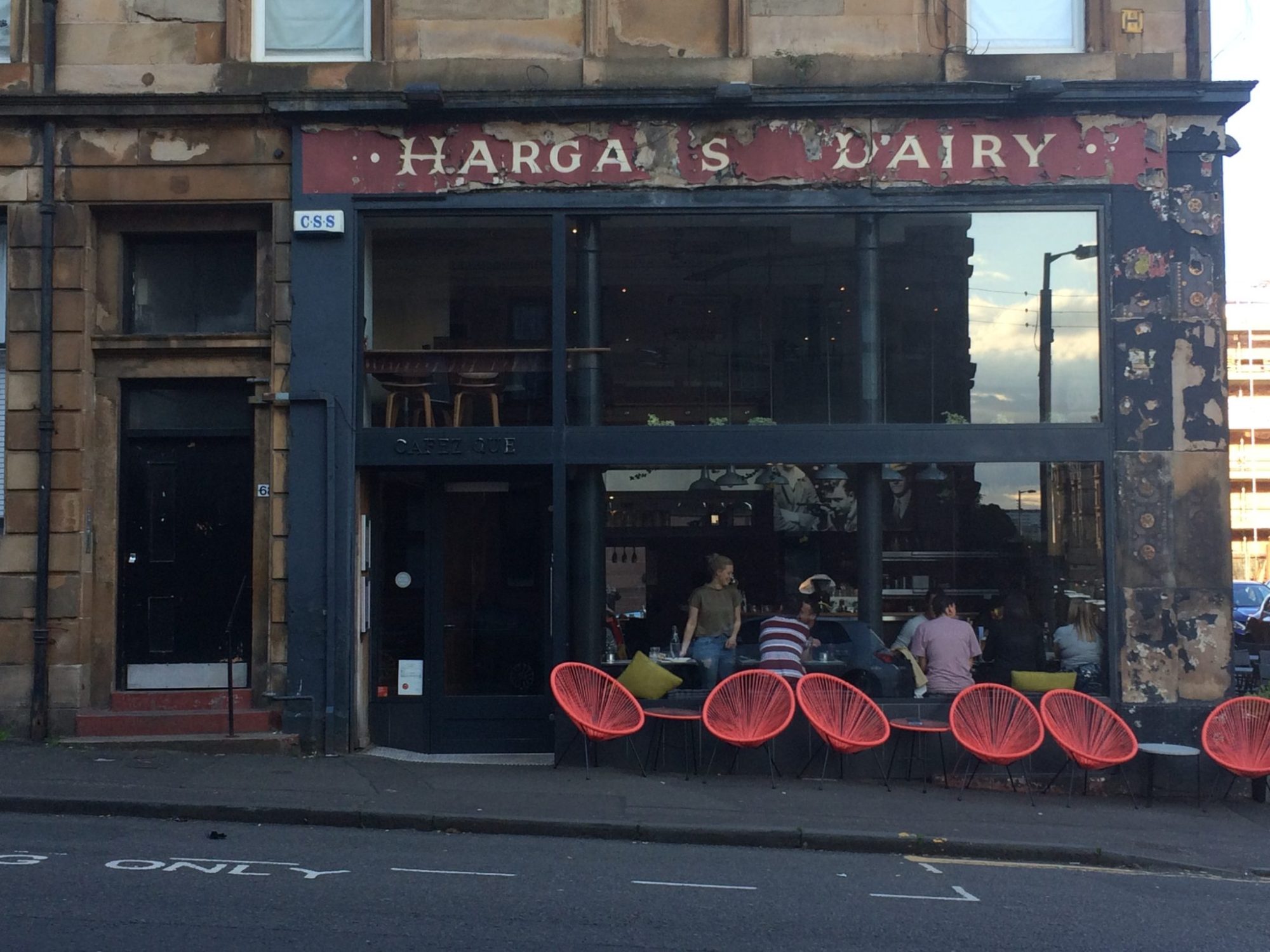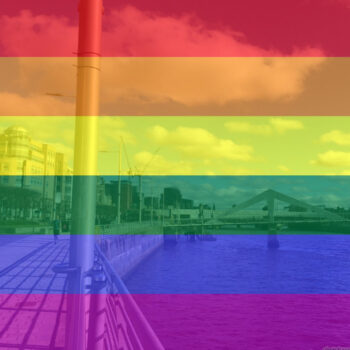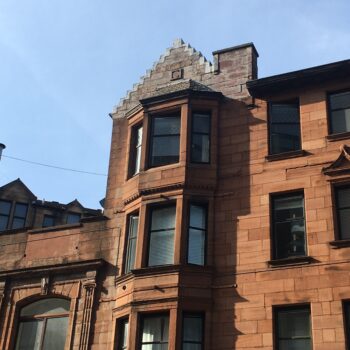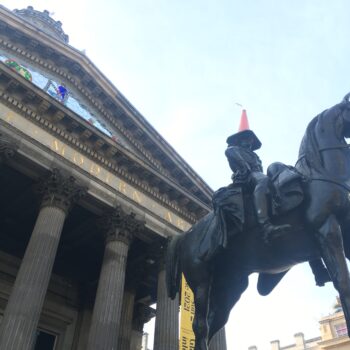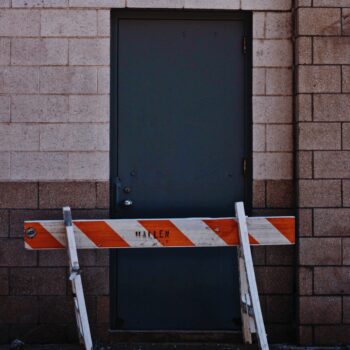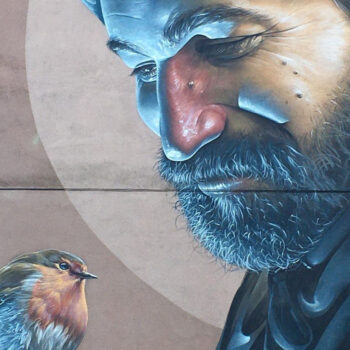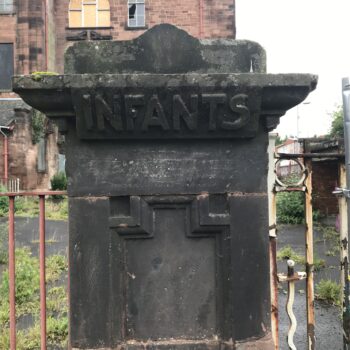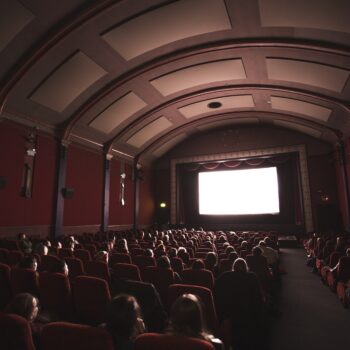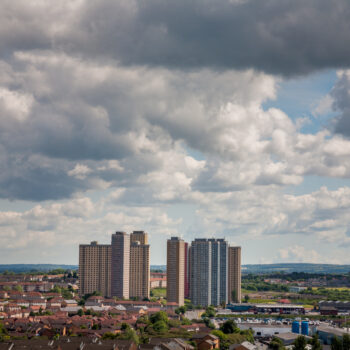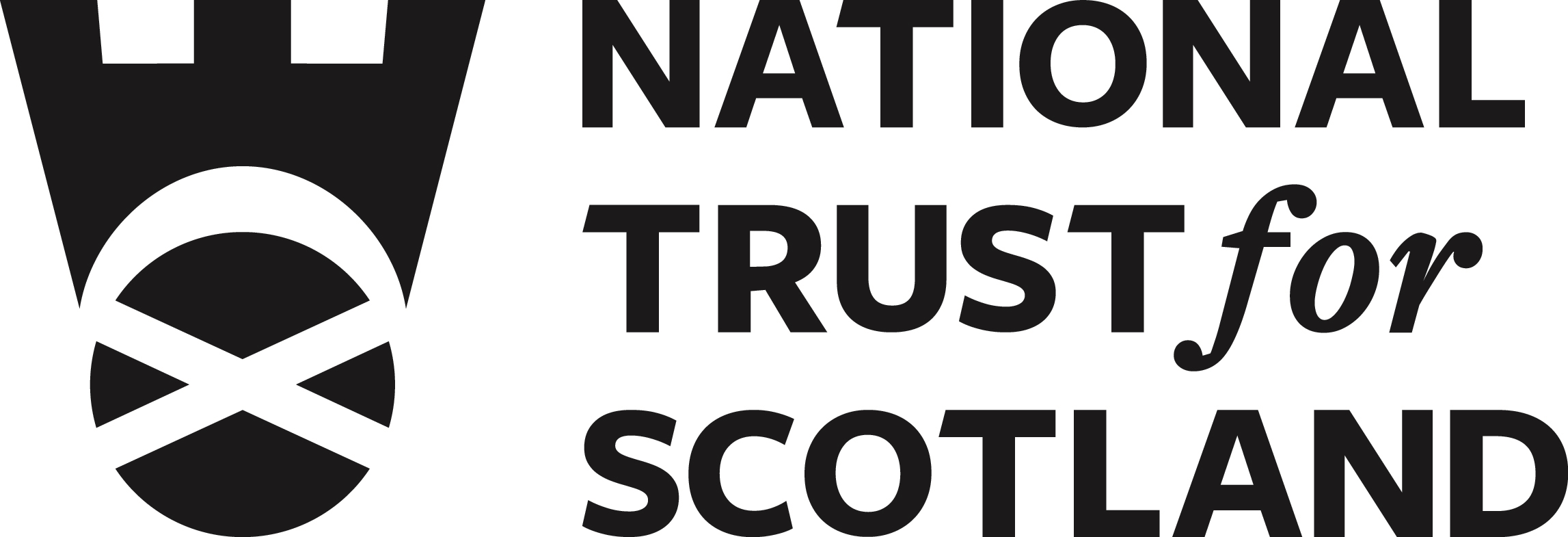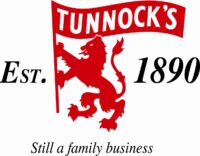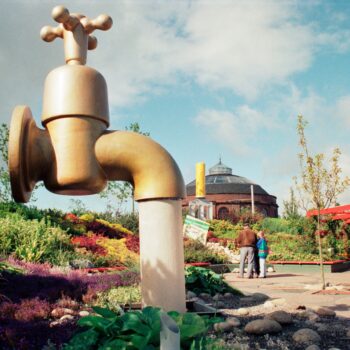
Tuesday 30 April | 18:30-20:45 | South Rotunda, 100 Govan Road, Glasgow, G51 1AY
Join us for an exclusive live recording for Series 3 of ‘If Glasgow’s Walls Could Talk’, our podcast which explores relationships between the city’s historic buildings and places and its communities. Since the launch of series 1 in October 2021 we’ve published 20 episodes and had over 16, 500 downloads. Listen to Series 1 and 2 here!
The 1988 Garden Festival changed how the world saw Glasgow, and how it saw itself. It lives on only in people’s memories as the buildings, objects and artworks from this temporary event are gone forever – or are they?
Join Urban Prehistorian Kenny Brophy, Project Leader Lex Lamb, and Holder of the Official Garden Festival Umbrella Gordon Barr for a conversation with GCHT Director, Niall Murphy and journalist Fay Young, to learn how they have used crowdsourcing to build an ever-growing digital record of the hundreds of pavilions, sculptures and attractions that made up the Garden Festival, as well as the experiences of those who made it happen.
Items with Garden Festival stories to tell were discovered across the UK and further afield, from the large (the Coca-cola Roller Coaster, now in Suffolk) to the small (a Garden Festival tea-towel, now in Papua New Guinea). But in addition to relic artefacts and traces in the landscape, the team identified something else: the absence of a proper record of this pivotal event, while memories fade and documents are lost.
Hear how the 1988 Festival was put together, taken apart and spread around the world, and how with the help of hundreds of individual submissions and leads After the Garden Festival are striving to preserve the legacy of a summer where Glasgow shone.
The recording is taking place in the South Rotunda, which is now offices for Malin Group, a marine engineering company, but was the base for a Nardini’s during the Festival. Guests will also be taken on a short tour of the building and be given the chance to learn a bit more about its history over some refreshments.
To donate directly to the project please visit: https://www.glasgowgardenfestival.org


